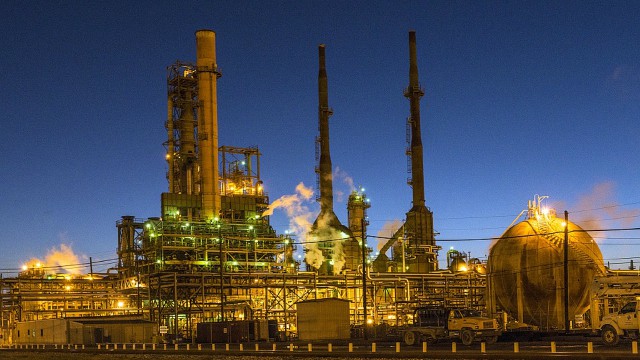Crescent Point Energy (TSX:CPG)(NYSE:CPG) has seen better days. Five years ago, shares were roughly 1,000% higher, with an annual dividend nearly as large as the current share price.
Today, in many ways, the company is simply trying to survive. It cut capital expenditures aggressively, slashed its once sky-high dividend to just $0.01 per quarter, and is focusing more of its funds to fewer, more promising projects.
Interestingly, the company recently sought approval from the Toronto Stock Exchange to buy back 7% of its outstanding shares. It’s rare to see a company in survival mode bet so heavily on its own future.
Does the management team of Crescent Point Energy know something the market doesn’t?
2019 may prove difficult
In January, Crescent Point Energy released its 2019 forecast, complete with budgetary, balance sheet, and cash flow targets. On the surface, it appears as if the business is struggling for air.
In 2019, management expects capital expenditures to fall to $1.25 billion, 30% lower than the year before. Roughly 55% of this spending is focused on the company’s most promising projects: the Viewfield Bakken, Shaunavon, and Flat Lake regions. That allocation is up from 45% in 2018, demonstrating the company’s urgency of only developing immediately profitable projects.
Cutting your budget and reallocating funds to only your best developments isn’t a plan for long-term success. In 2019, production is expected to be about flat compared to 2018. Without additional developments, Crescent Point Energy will likely have a tough time growing output over the next few years. Most likely, production will shrink.
But management isn’t too concerned with long-term value at this point. Judging from its latest investor presentation, it’s clear that its number one priority is to survive. Several times in the presentation, management refers to “balance sheet improvement,” “disciplined capital allocation,” and “reductions in costs.” Those are the buzzwords of a company on the brink of collapse.
Bet on Crescent Point Energy surviving
Crescent Point Energy is trading at just 24% of its book value; the market is making a strong bet that the company will never be able to realize the expected value of its assets. That bet largely hinges on the company’s ability to survive the next 12 months. But unless oil prices collapse again, there’s reason to believe Crescent Point Energy can stage a dramatic turnaround.
By focusing on high-quality plays in 2019, the company has a reasonable chance at turning cash flow positive. Even at US$50 per barrel oil, the company should generate operating netbacks of $25 per barrel. Management also anticipates reducing capital costs, G&A expenses, and operating expenditures by 5-10% this year.
While the company has $4 billion in net debt, its maturity schedule is quite manageable. This year, only $74 million comes due. In 2020, an additional $158 million matures, while 2021 brings another $185 million.
Those maturities alone could be solved through small increases in selling prices. For example, for every US$1 change in oil prices, Crescent Point Energy will earn an additional $50 million in fund flows.
It’s all or nothing
This year will prove pivotal for Crescent Point Energy. If oil prices slide, the company will likely still survive, but growth in shareholder value will be hard to come by. If oil prices remain steady or improve, it’s likely the company will live to see 2020 and beyond.
With a 7% share buyback in place, it’s clear what management is betting on. If the market decides bankruptcy isn’t in the company’s future, upside of 100% or more could be in the cards.







